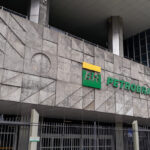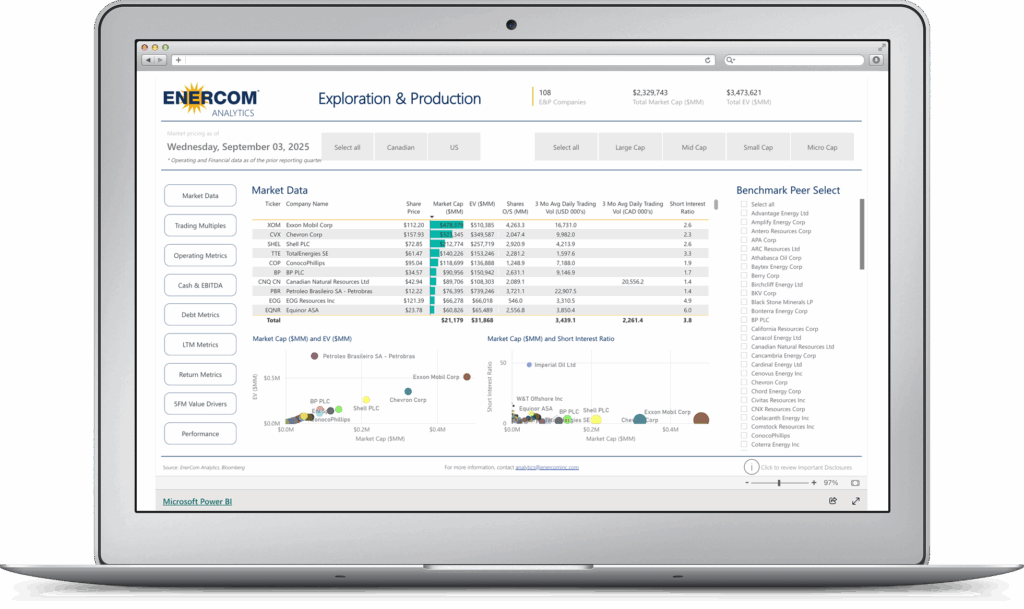Brazil’s state-controlled oil company, Petrobras, has hedged a portion of its 2018 oil production. The move should protect cash flow against downturns in the marketplace. Bloomberg reported that the company hedged 128 MMBbls, or 350,685 BOPD at an average Brent price of $65/bbl. The average cost, a company filing on Wednesday said, is about $3.48 a barrel.
Petrobras has become more dependent on worldwide prices recently, abandoning a policy of domestic fuel price fixing – it now prices refinery-gate according to daily global benchmarks. This move was made after the Rousseff administration had Petroleo Brasileiro SA subsidize fuel prices during the oil boom – resulting in billions of dollars lost.
The company’s revenue will reflect international markets more so than previously.
Mexican hedges lower at $46~/barrel
With a total cost of about $445 million, Petrobras’ hedging activity is very significant, but falls short of the largest hedge in the world, a crown claimed by Mexico. In October 2017, Mexico’s Finance Ministry Chief Economist Luis Madrazo said that the country spent approximately 24.1 billion pesos ($1.26 billion) on 2018 oil export hedge contracts. The specific details of the contract were left undisclosed, however.
The Mexican Finance Ministry proposed a 2018 budget in September that assumed oil revenue of $46/bbl, a price that rose in October to $48.5/bbl.
In 2016, the government did reveal hedges for 2017 – put options were bought at an average price of $38/bbl, covering 250 MMBbls at a cost of $1.03 billion. Reuters reported that the hedge was based on $42/bbl and a special fund was created to make up the $4 difference between its put prices and the budgeted price.
In 2017, Mexico did not see much, if any income from its hedges, due to rising crude prices near the end of the year. But a year before 2017, Mexico cashed in $2.65 billion from its oil hedge. Oil once provided one third of federal income for Mexico, but things changed after 2014’s downturn and production drop.






